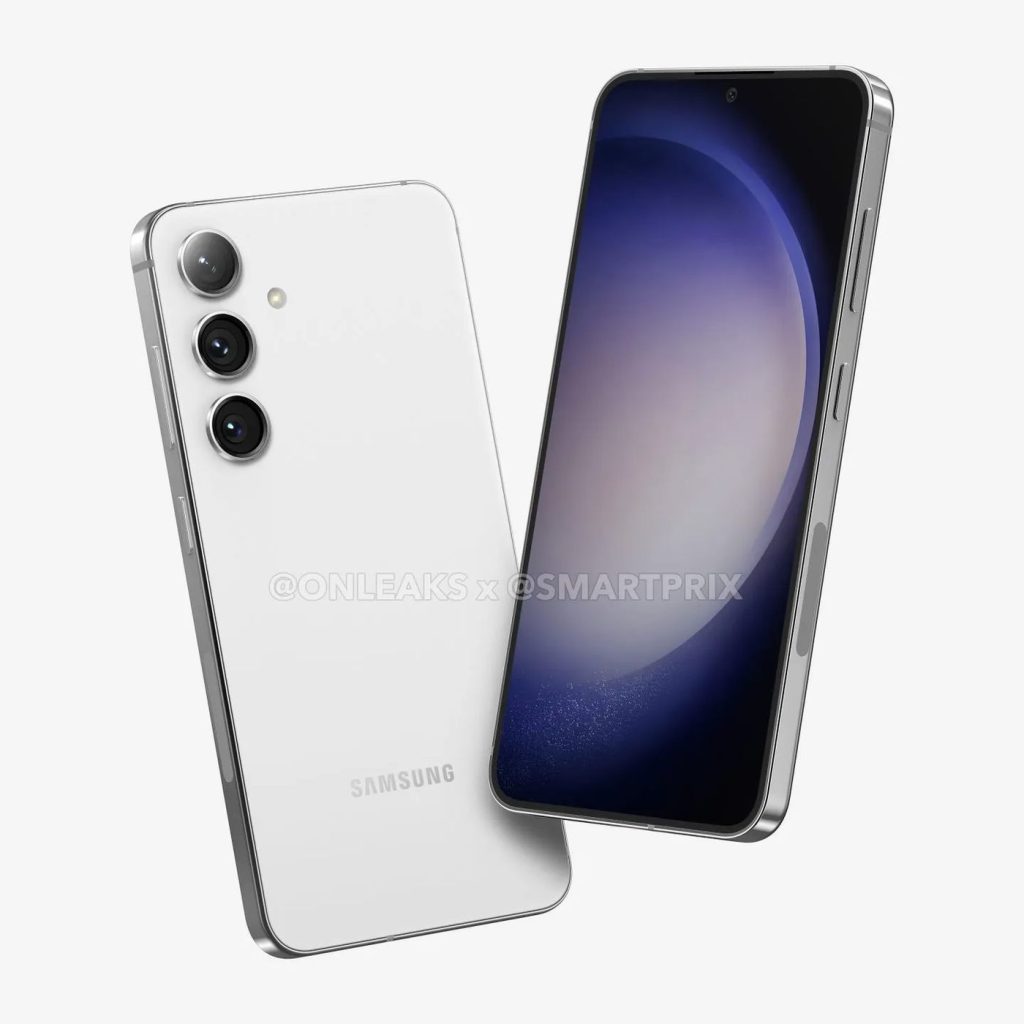A game-changing update for its Ray-Ban Meta smart glasses is about to be released by Meta, and it might upend the wearable technology industry. When this update rolls out next month, it should give the glasses artificial intelligence on par with that of science fiction films. These smart glasses will usher in a new era of augmented reality experiences by integrating sophisticated AI software that will enable them to not only capture but also analyze and interact with the environment around them.
Meta smart glasses – Exploring the augmented reality
Customers seeking simple ways to integrate technology into their daily lives have a plethora of options thanks to Meta’s audacious entry into the artificial intelligence-powered smart glasses market. Saying “Hey, Meta,” followed by a question, allows wearers to use artificial intelligence in heretofore unheard-of ways to navigate and understand their environment.
A peek into a future when knowledge will always be readily accessible is provided by the artificial intelligence (AI) assistant integrated into the glasses, which can perform everything from translate across languages to recognize dog breeds.
But there are some bumps in the road while using Meta smart glasses. Even though the AI performs extraordinarily well in some tasks—like telling sugar-free or gluten-free by looking at food packaging, for example—it occasionally makes mistakes, like mistaking a tiger for a leopard. These imperfections demonstrate the ongoing development of the technology and the importance of user feedback in guiding its future improvements. Meta acknowledges these shortcomings but also says that as long as the AI software is developed further, the glasses’ accuracy and usefulness will increase.
Challenges and the evolution of wearable AI
Wearers discover a mixed bag of achievements and setbacks when delving deeper into the capabilities of Meta’s AI-powered glasses, which highlights the challenge of incorporating artificial intelligence into commonplace technology. The glasses’ capacity to identify landmarks is one very remarkable feature. Wearers recognize City Hall in downtown London with ease. But when you try to find less well-known locations or ask the AI about other bridges and highways, you get uneven replies, which highlights areas where accuracy and dependability may be improved.
Also, linguistic abilities have limitations as well as potential. The artificial intelligence has limited language translation capabilities, for instance, even though it can translate in the languages it is supported in. Even though English, Spanish, Italian, French, and German are supported at the moment, the absence of support for other languages raises the possibility that future expansions to increase user accessibility and utility are in the works.
Users of Meta smart glasses are left wondering about the potential and ramifications of this cutting-edge technology as Meta breaks new ground in the field of wearable AI. In spite of obstacles encountered during the process, the glasses provide intriguing peeks into a future in which the smooth incorporation of artificial intelligence enhances everyday opportunities. Technical obstacles still need to be overcome, though, and user experience needs to be perfected. Or are there still challenges to be solved before wearable artificial intelligence (AI) goes widely used? Will Meta’s smart glasses usher in a new era of augmented reality? As technology advances and develops further, only time will tell.





